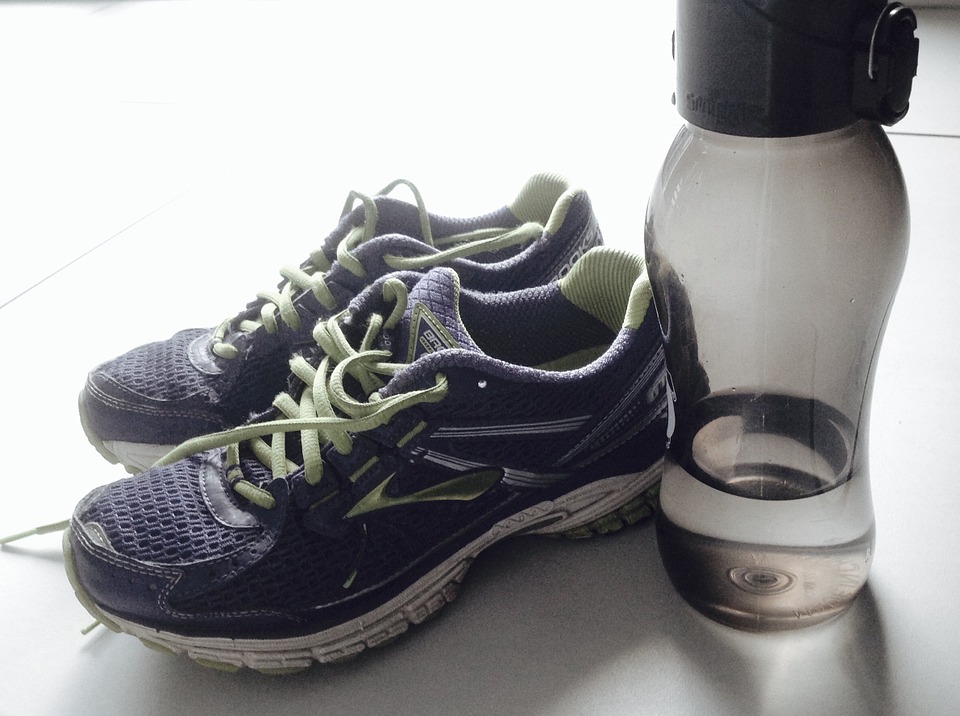Love your heart–work it!
Our heart is a muscle. It becomes stronger by training (work)!
Health related fitness is important for us no matter what our age. The components of health related fitness are:
- Cardiorespiratory endurance
- Muscular strength
- Muscular endurance
- Flexibility
- Body composition
We’ll talk about most of these at a later time on this wellness blog, but today’s focus is cardiorespiratory endurance. This component of fitness refers to the health of our heart–the efficiency of our heart and lungs to work together to support our body in its everyday function and to sustain it when performing physical exertion.
Why should we have a healthy heart?
- Having good cardiorespiratory endurance is closely associated with a long and healthy quality of life.
- Exercising our heart regularly and appropriately for our age and health status reduces the risk of developing heart disease.
- A stronger heart works with more efficiency–slower resting heart rate, more powerful contractions.
- A stronger heart recovers more quickly after exertion.
Remember–if you are not currently physically active, if you have a chronic disease, or if you have not consulted with your health care provider about initiating a physically active program–please do so before beginning to exercise.
So…what is the Fit Principle?
We use the FIT Principle to help us establish a fitness plan designed for our current age and health status.
F is for Frequency–how often we should exercise–4 or 5 times a week depending on our type of exercise. If we are walking for fitness, we can exercise up to 6 days (It is important to give our muscles some rest time). But, if we are doing really intense or specific exercise (aerobics, distance running, weight lifting) we should have more breaks during the week. Three to 5 days a week is adequate if our exercise is more intense.
I is for Intensity–how hard should we exercise? If we are walking we should set a brisk pace. Work at a pace which makes us breathe harder and break a sweat. We should still be able to carry on a conversation while walking or jogging. If we are doing more intense exercises such as running longer distances, aerobics, interval training or plyometrics, we should monitor our heart rates during exercise to keep our heart rates in the training zone (and within safe range).
T is for Time–how long should we exercise? Again, for walking 4 or 5 times a week, our length of time per session should range from 30 to 60 minutes. If you don’t have that long of a block of time, spread the activity throughout the day in smaller increments, while still aiming for a total of 30 to 60 minutes. (Sometimes another T is added to the FIT Principle for Type–focuses on the type of exercise you are doing. We’ll talk later about the importance of varying your exercise routine to benefit your body in different ways–for now–keep moving!)
 Make sure you have good shoes, find a buddy to exercise with, and stay hydrated.
Make sure you have good shoes, find a buddy to exercise with, and stay hydrated.
For beginners (after consulting with your health care provider), start slowly, with less intensity and smaller increments of time. I can send you a six week walking program that will work gradually toward increasing frequency, intensity, and time. You can send me a message on the contact tab.
If you’re already exercising regularly–WONDERFUL! I pray you can keep active for a lifetime!


I would love to check out the six week walking program!
Once again I am thrilled to see your blog up and going!
Thank you for your encouragement, Piper! I’ll email you the walking program.